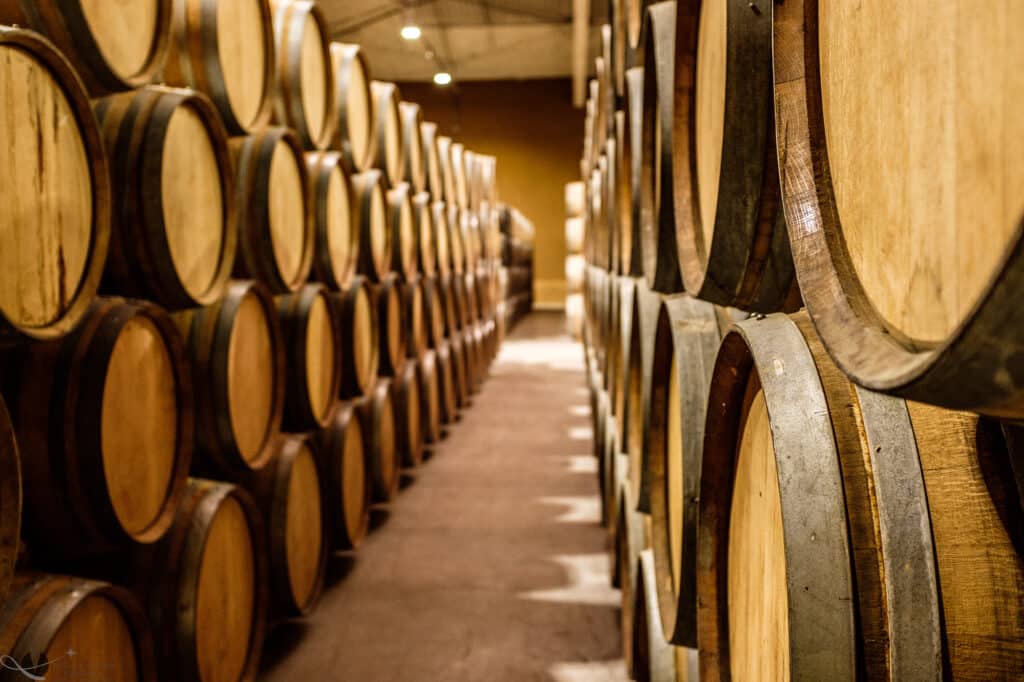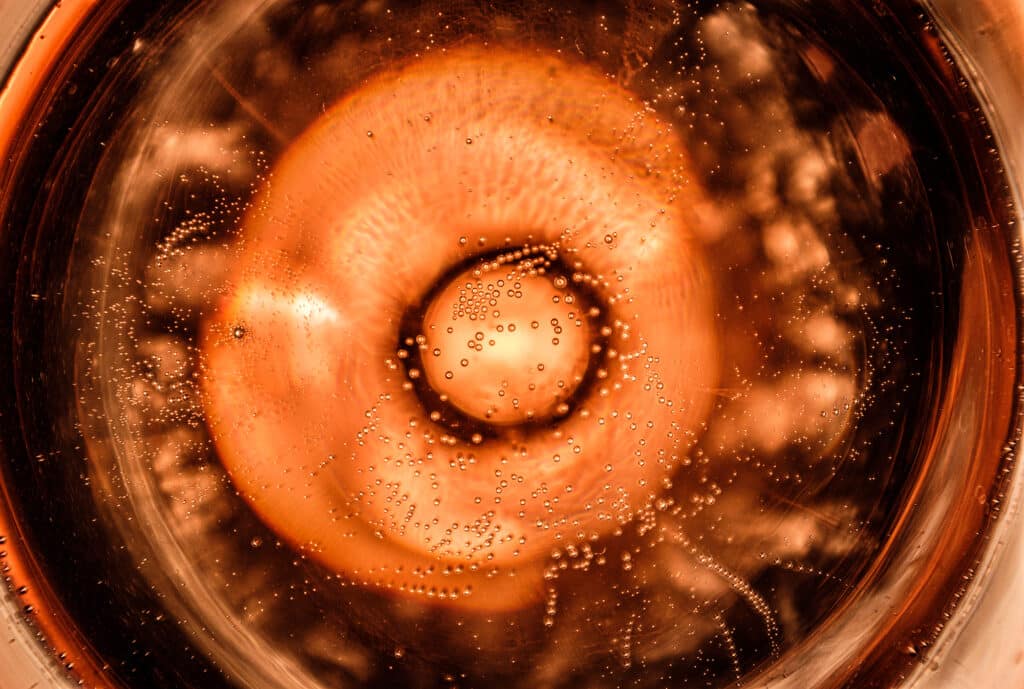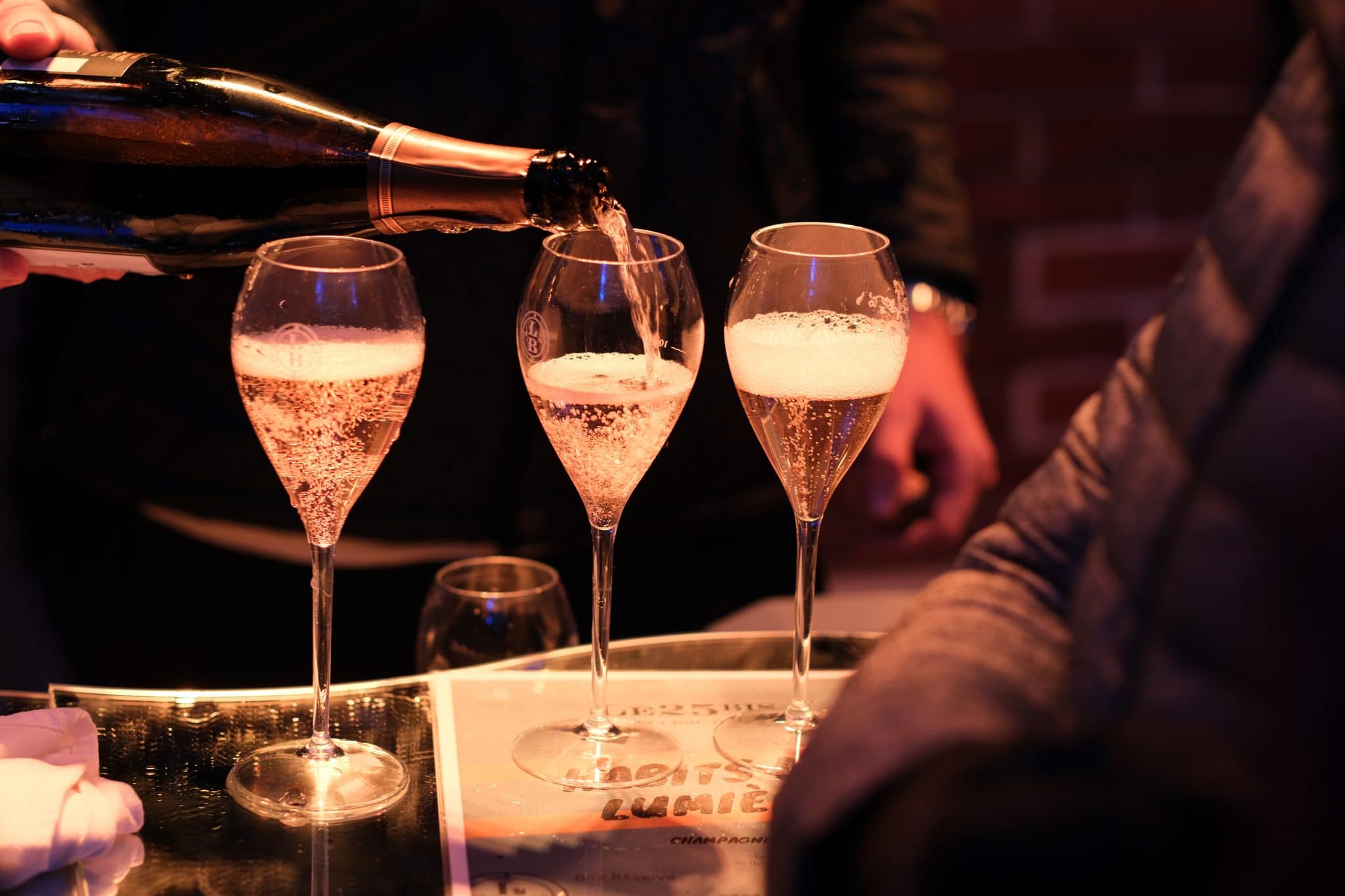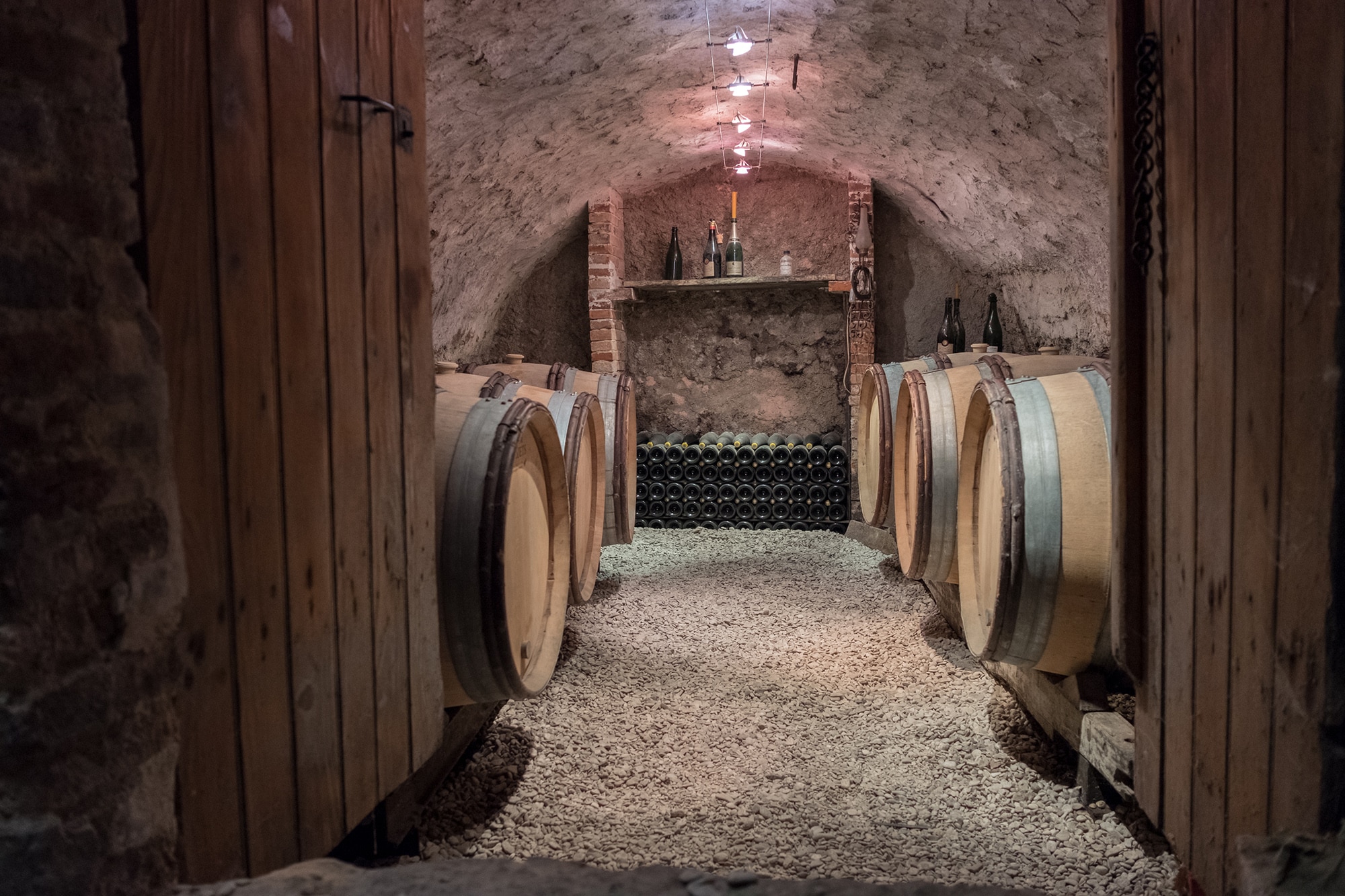The history of our sweet nectar
Nectar of kings, star of wines, champagne has become the unavoidable guest of tables around the world. Enough to arouse the curiosity of its many fans! In Epernay, a Champagne destination par excellence, you can experience the history of Champagne. From the Middle Ages to today, from the history of the bottle to that of the champagne glass, here are some clues to unravel the mysteries of the king of wines!

A wine rooted in the History of France
The history of champagne begins in the Middle Ages. At that time in the West, it was the religious who worked the vineyard: the wine was consecrated and then drunk by the priest during the mass. However, it is in the heart of Champagne, in Reims, that the kings of France were crowned… and duly acclaimed! The wines of Champagne, appreciated for their taste and their finesse, successfully accompanied the ceremonies and the feasts organized for the royal coronations. Since the 12th century, their reputation radiates beyond the borders, as well as their prestige, which does not stop growing.
A symbol of refinement and elegance, champagne is now invited to all the exceptional events that have made history: royal weddings, universal exhibitions, inaugurations… It has become the wine of great occasions, from the most personal to those that have marked history.
A story of bubbles
What distinguishes champagne in particular is its sparkling character. At first decried, this specificity becomes little by little the trademark of a pleasant and joyful wine! The history of champagne takes a considerable turn when the Champenois manage to master the phenomenon of effervescence.
Legend has it that Dom Pierre Pérignon, a Benedictine monk and contemporary of Louis XIV, developed the famous Champagne method for creating the bubbles that make the king of wines sparkle. True or not, this little story of champagne contributed to give it its letters of nobility. It is no coincidence that Hautvillers, the village where Dom Pérignon lived the last thirty years of his life, is still recognized today as the cradle of champagne.
From the end of the 17th century onwards, once champagne was sparkling in a controlled manner, putting an end to its reputation as a “jumping cork” wine, it took pride of place in social events and other celebrations, in France and abroad.

Why this nickname "nectar of kings"?
King of wines or nectar of kings, champagne has in all cases the makings of the greatest! Since the coronations of the kings of France, his admirers among the crowned heads are not lacking. From Frederick II of Prussia to Marie-Antoinette, including Tsar Alexander II of Russia and King Edward VII, all were seduced by the freshness of this unique wine, as well as by its subtle and “so Frenchy” bubbles.
Champagne has also forged a solid history with artists. Writers, painters or actors have adopted it with passion in their works, sometimes even in their daily rituals. Sometimes a source of inspiration, sometimes a companion for celebrations, champagne carries in its DNA an art of living that is focused on luxury and joy.
From the bottle to the glass of champagne
Have you often wondered why the champagne bottle has a different shape than other wine bottles? And for good reason! This bottle is the result of numerous researches by the best glassmakers to design an ideal shape to the setting of foam, to the ageing of wines in cellars and to the opening of the bottle. This shape was then declined in the various formats of champagne bottles, the largest of which were named after the name of the kings of the Old Testament (Jéroboam, Mathusalem, Nabuchodonosor,…).
Each container has its own story! That of the champagne glass, formerly used to taste the king of wines, does not miss spice. Legend has it that it was modeled on the breast of Marie-Antoinette, Josephine de Beauharnais and Madame de Pompadour! Delicate and sensual, the round shape of the champagne glass is no less appropriate for a perfect tasting experience. Its contact surface between the air and the wine is too large and lets the bubbles escape, unlike the champagne flute, which is more efficient in preserving the effervescence .

